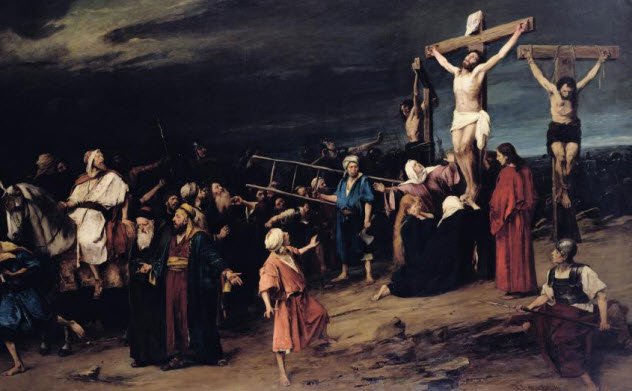6. Crucifixion In The Jewish Tradition

Photo credit: Willem Swidde
Although the practice of crucifixion is not explicitly mentioned in the Hebrew Bible as a Jewish form of punishment, it is suggested in Deuteronomy 21.22–23: “And if a man have committed a sin worthy of death, and he be to be put to death, and thou hang him on a tree: his body shall not remain all night upon the tree, but thou shalt in any wise bury him that day.”
In ancient rabbinic literature (Mishnah Sanhedrin 6.4), this was interpreted as the exposure of the body after the person was killed. But this view contradicts what is written in the ancient Temple Scroll of Qumran (64.8), which says that an Israelite who commits high treason must be hanged so that he dies.
Jewish history records a number of crucifixion victims. Perhaps the most notable is reported by the ancient Jewish writer Josephus (Antiquities 13.14): The king of Judaea Alexander Jannaeus (126–76 BC) crucified 800 Jewish political enemies who were considered to have committed high treason.




































Discussion about this post